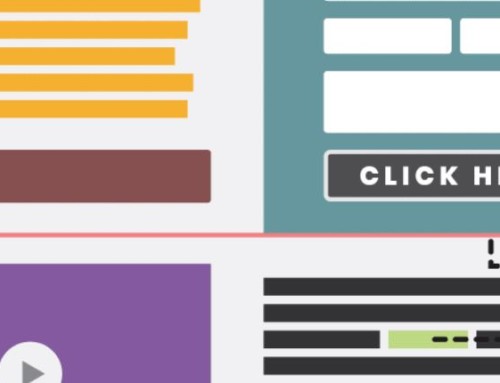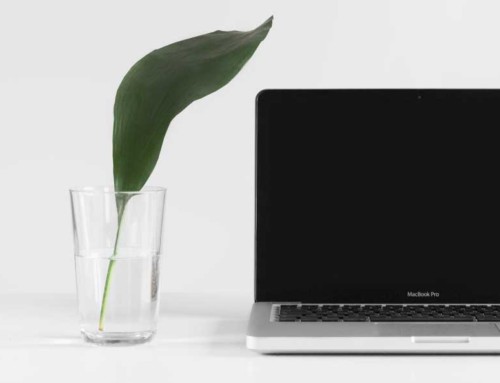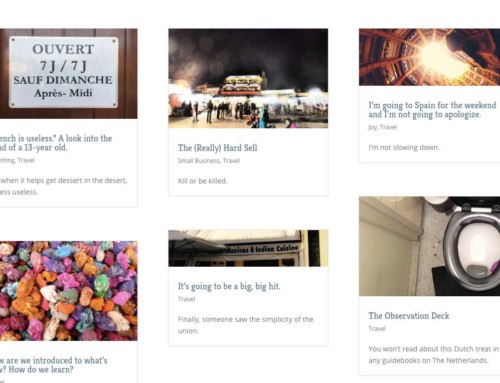I get this question quite a bit, “How come there are two-inch empty borders on the sides of my website? Can’t we make it go the full width of the browser window?” This is the discussion of Fluid (Liquid) or Fixed (Fixed Width) Layouts.
Briefly, fluid layouts shrink and grow to fit the browser window. Fixed layouts are always the same width (height is rarely an issue in website design).
Personally, I’m a fan of fixed width layouts and here’s why.
- Design Control
A fluid layout changes for every computer. Sounds great, but then so may your layout change. If you have a top banner with an image in it, it won’t always be where you’d like it on the page. If you don’t have any images, that top banner might look OK, but maybe the content may be so stretched out (on a 1280 x 1024 pixel resolution screen and even more so on a 1600 x 1200) that a paragraph is stretched from left to right so far that it’s just a single line.Here’s a fluid site that works well because there aren’t lots of “design elements” that need to be placed just right. Here’s a fixed width site that just wouldn’t work if fluid–it needs the control of the design to make it look right. - Lowest Common Denominator
I usually make widths 775 pixels wide. This is because there is still about 20% of the Internet population that uses screens that are set at 800 x 600 pixel resolution. This means a web page with a width of 775 will just barely fit into their screens. For the majority of us (at 1024 x 768), we’ll have an inch or so of empty space at the sides of the main content area of a site. - Consistency
A fixed-width site will look the same for everyone viewing it.
These are off the top of my head. There are probably more. There are options to mix fixed and fluid, but they still lose some control as compared to fixed.





